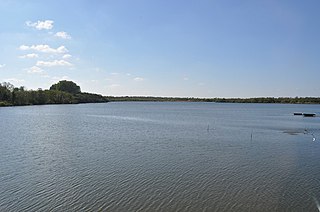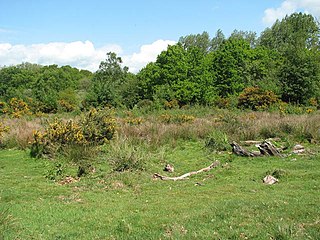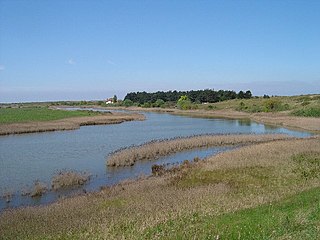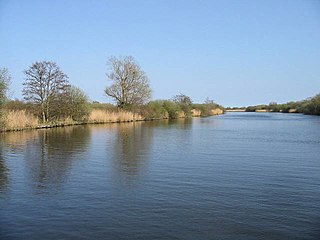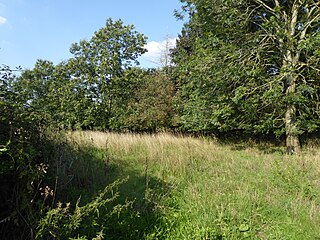| Lolly Moor | |
|---|---|
 | |
| Type | Nature reserve |
| Location | Dereham, Norfolk |
| OS grid | TF 992 103 |
| Area | 3 hectares (7.4 acres) |
| Managed by | Norfolk Wildlife Trust |
Lolly Moor is a 3-hectare (7.4-acre) nature reserve south of Dereham in Norfolk. It is managed by the Norfolk Wildlife Trust. [1]

Dereham, also known as East Dereham, is a town and civil parish in the English county of Norfolk. It is situated on the A47 road, about 15 miles (25 km) west of the city of Norwich and 25 miles (40 km) east of King's Lynn. The civil parish has an area of 21.51 km2 (8.31 sq mi) and in the 2001 census had a population of 15,659 in 6,941 households, the population at the 2011 Census increasing to 18,609. For the purposes of local government, Dereham falls within, and is the centre of administration for, the district of Breckland. The town should not be confused with the Norfolk village of West Dereham, which lies about 25 miles (40 km) away.

Norfolk is a county in East Anglia in England. It borders Lincolnshire to the northwest, Cambridgeshire to the west and southwest, and Suffolk to the south. Its northern and eastern boundaries are the North Sea and, to the north-west, The Wash. The county town is Norwich. With an area of 2,074 square miles (5,370 km2) and a population of 859,400, Norfolk is a largely rural county with a population density of 401 per square mile. Of the county's population, 40% live in four major built up areas: Norwich (213,000), Great Yarmouth (63,000), King's Lynn (46,000) and Thetford (25,000).

The Norfolk Wildlife Trust (NWT) is one of forty-seven wildlife trusts covering Great Britain, Northern Ireland, Isle of Man and Alderney. Founded in 1926, it is the oldest of all the trusts. It has over 35,500 members and eight local groups and it manages more than fifty nature reserves and other protected sites. It also gives conservation advice to individuals and organisations, provides educational services to young people on field trips and organises entertainment and information events at nature reserves. The NWT reserves include twenty-six Sites of Special Scientific Interests, nine National Nature Reserves, twelve Nature Conservation Review sites, sixteen Special Areas of Conservation, twelve Special Protection Areas, eleven Ramsar sites, two Local Nature Reserves, four Geological Conservation Review sites and five which are in Areas of Outstanding Natural Beauty.
This site has wet grassland, scrub and alder carr. Flora include cowslip, lesser celandine, southern marsh orchid, marsh helleborine and twayblade. [1]
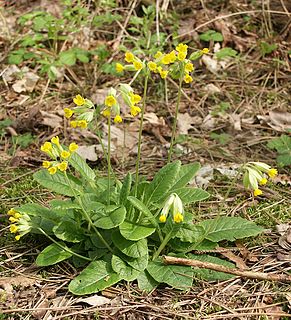
Primula veris is a herbaceous perennial flowering plant in the primrose family Primulaceae. The species is native throughout most of temperate Europe and western Asia, and although absent from more northerly areas including much of northwest Scotland, it reappears in northernmost Sutherland and Orkney and in Scandinavia. This species frequently hybridizes with other Primulas such as Primula vulgaris to form false oxlip which is often confused with true oxlip, a much rarer plant.
There is access from Dereham Road.
| Wikimedia Commons has media related to Lolly Moor . |
